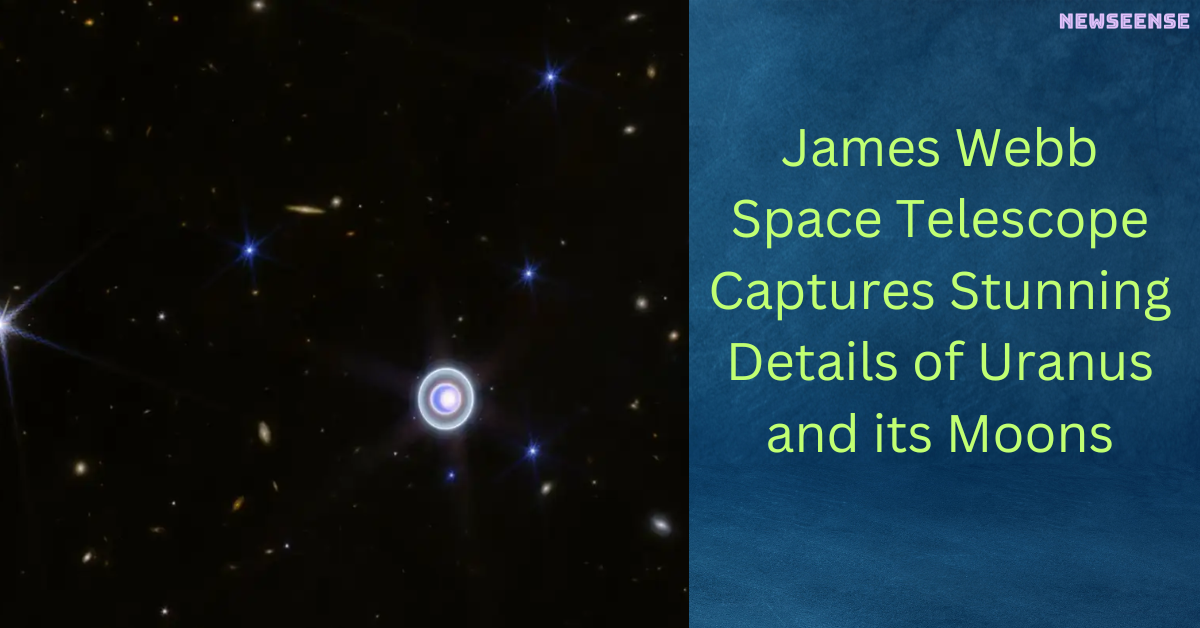James Webb Space Telescope Captures Stunning Details of Uranus and its Moons

In a groundbreaking achievement, the James Webb Space Telescope (JWST) has provided humanity with an unprecedented and comprehensive view of Uranus, showcasing the ice giant’s rings and tumultuous atmosphere in exquisite detail.

Earlier in April, JWST utilized its infrared sensors to capture an image of Uranus, revealing the planet’s rings composed of rock and dust. This marked a significant advancement as the rings had been directly imaged only twice before, once by the Voyager 2 spacecraft and Earth-bound Keck Observatory. The April image displayed 11 of Uranus’s 13 known rings, with the final two remaining elusive due to their faintness.
Building upon these observations, JWST expanded its field of view and employed a broader spectrum of infrared light. The result is a more detailed depiction of Uranus’s rings, finally unveiling the mysterious last two rings. Moreover, the captivating image includes nine of Uranus’s 27 moons, all sharing a unique 98-degree tilt away from the sun, mirroring the planet’s own axial tilt.
A subsequent image from JWST showcases five additional moons – Oberon, Umbriel, Ariel, Miranda, and Titania – resembling luminous blue stars. With a total of 14 moons revealed, these images provide invaluable insights into the complex dynamics of Uranus’s moon system.
Uranus’s distinctive axial tilt, where its moons and atmosphere experience prolonged periods of sunlight and darkness, contributes to the formation of polar caps and atmospheric storms. The featured image highlights these phenomena, with storms visible just below the southern edge of the broad, white polar cap, appearing as white wisps against the blue backdrop.
Despite Uranus’s lengthy 84-year orbit around the sun, its rapid 17-hour rotation introduces unique challenges for observation. To address this, astronomers utilized a combination of long and short exposure times with JWST, enabling the creation of these mesmerizing images while smoothing over the effects of the planet’s swift rotation.
The James Webb Space Telescope’s latest revelations about Uranus open new avenues for understanding the complexities of distant planets and their celestial companions, marking a significant milestone in astronomical exploration.
Also read: https://newseense.com/government-proposes-mandating-permanent-deletion-of-inactive-users-data/





